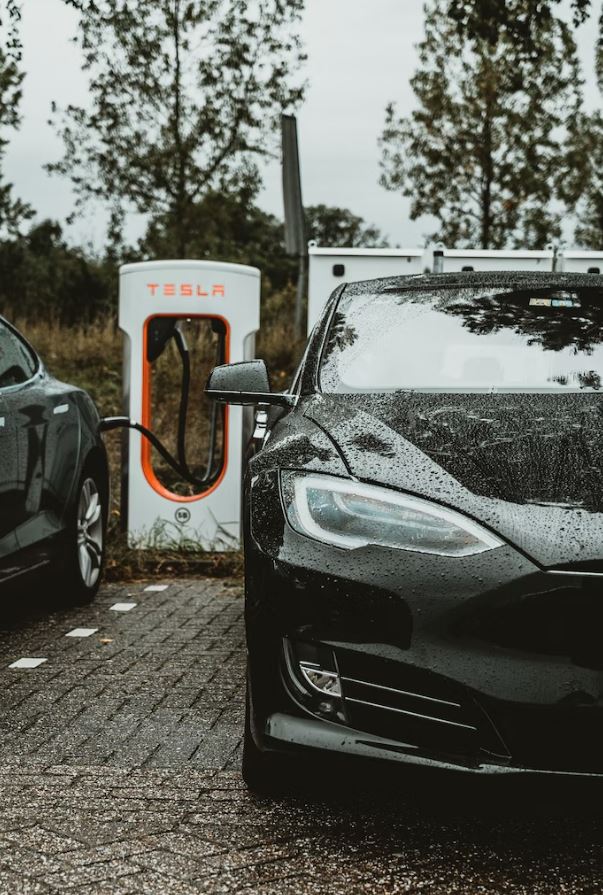The beginning of the pandemic saw one of the worst downturns in our automotive market the world over had ever seen. Between suppliers, manufacturers, and consumers, all reaches of the automotive ecosystem seemed to have jumped ship.
Beginning in February 2020, sales across China had dipped by 71%, alongside an almost 18% drop in the Australian market by March to showcase an extreme upset of consumer confidence, as buyers looked to buckle down for the long haul, amidst a pandemic with no end in sight.
The need to withdraw from the world did not end as an initiative exclusive for the sake of public health, though, as conversations have since risen surrounding the way we engage with the world in our absence, and our resulting place on its surface.
The resulting introspection has since given birth to many a conversation: a fundamental need to rethink our environmental footprints, design with a focus on working away from work, and our immediate everyday lives, placed in an almost entirely digital context.
The rise in funding for electric vehicle (EV) manufacturing, as well as an increasing global presence of tech startups the likes of Tesla, are not isolated from this conversation - and speaks to a broader mood that has its eyes on EV’s increasing their market share in the automotive market. Almost to punctuate the point, sales and emergence of EV’s happened to accelerate in the second half of 2020, while trends for traditional car sales were only beginning to round the bend during the same quarter.
The question has since begged itself; how will the rise of EV’s affect the traditional market? What will the market for second hand car parts look like? Will the demand for parts change in our near future? Let’s dig a little deeper.

As a companion to the vehicle market itself, it’s inevitable that the market determining second hand parts for cars also be bound for change.
Shifts in the cultural temperament concerning sustainable consumption will be paramount to any household by the 2030’s - but that isn’t to say that we’ll be riding spaceships and hovering cars within the next 10 years. Parts that remain shared between EV’s and internal combustion engine (ICE) vehicles will continue to have demand, which means components like batteries, brakes, springs, lights, and other permanent installations in the modern zeitgeist are likely to stay second hand car parts.
On the flipside, engine parts reliant on fuel and gas will have their market shares somewhat amputated, accommodating gear train and transmission parts, fuel tanks and other relevant components indispensable to the conversion of power necessary, from engine to wheel.
That said, this isn’t to say that these changes will be predominant by tomorrow, nor that there will be no place at all for any of these parts by the time EV’s constitute a strong share of the market. The potential still exists in the future for these parts to serve alternative industries with transferable application, or to be repurposed for innovations that continue to operate with similar mechanics.
There is no guarantee for second hand parts for cars, particularly those running on internal combustion, to completely dissipate, in other words. For the moment, all we can say is that all things are trending electrical, at least for the foreseeable future.
Phone: 03 9305 5044
Address:
20 Rushwood Drive,
Craigieburn,
Victoria, 3064
Open Hours:
Monday - Thursday:
9am – 5pm,
Friday: 9am – 4pm
Saturday: 10am -12pm
Copyright 2024 MMM Auto Centre | ABN 711 2963 2376 | LMCT 10510 | Car Wreckers Near You | Cash For Cars Near You | Car Removal Near You | Privacy Policy
Website Designed by Melbourne Web Studio